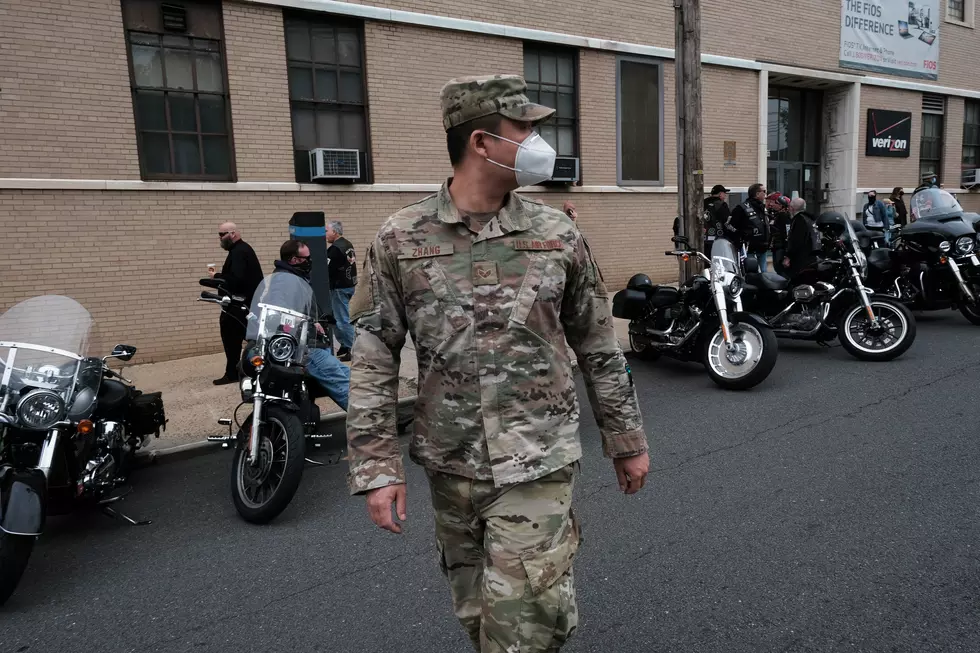
Study Says US Media Made COVID Seem Worse Than Other Countries

While the majority of the world media kept a level flow of information on COVID-19, the media in the United States took a different approach. According to research from Dartmouth College Economics Professor Bruce Sacerdote, 87% of the COVID media coverage in the US was negative.
For a comparison, the international press had 51% negative coverage on COVID news, while science journals had 64% negative coverage.
The tone of the US coverage, and the content, are what's in question. Professor Sacerdote strongly asserts that this coverage wasn't false, but was more curated. In his research he points out coverage like this:
"We are most interested in the relative coverage of different topics. For example, among the U.S. major media, 15,000 stories mention increases in caseloads while only 2,500 mention decreases, or a 6 to 1 ratio. During the period when caseloads were falling nationally (April 24th to June 27th), this ratio remains a relatively high 5.3 to 1."
The apparent editorial choices for which COVID stories to cover helped to construct the negative portrait in the US, while the rest of the world remained very even. This was the case when good news about COVID came around too. Including vaccine news, which US media downplayed compared to negative treatment stories, according to the study:
"Potentially positive developments such as vaccine stories receive less attention from U.S. outlets than do negative stories about Trump and hydroxychloroquine."
But the question ultimately becomes "why"? Why would US media want to push so much negative COVID news, while ignoring the positive news? Well, the research from Professor Sacerdote says its mostly because of the people who consume the news:
"We show that demand for negative stories (as proxied by Most Read and Most Facebook shared stories) is quite strong in the U.S. and the U.K. among readers of the New York Times, CNN, and BBC. Yet U.S. outlets are more likely to cater to the demand for negativity than are international outlets"
However Professor Sacerdote does add two more conclusions to consider. The study adds that the US media market is much less concentrated than other countries, allowing for audiences to pick and chose what news they want to hear in America. While also adding that the FCC dropping the Fairness Doctrine regulation in 1987 has allowed for media outlets to suppress certain stories or information. While other countries, like Canada and the UK, still maintain some type of their own fairness doctrine, which keeps media coverage balanced in those countries.
Read More: Major Artists Strangest Contract Demands
More From News Radio 710 KEEL









